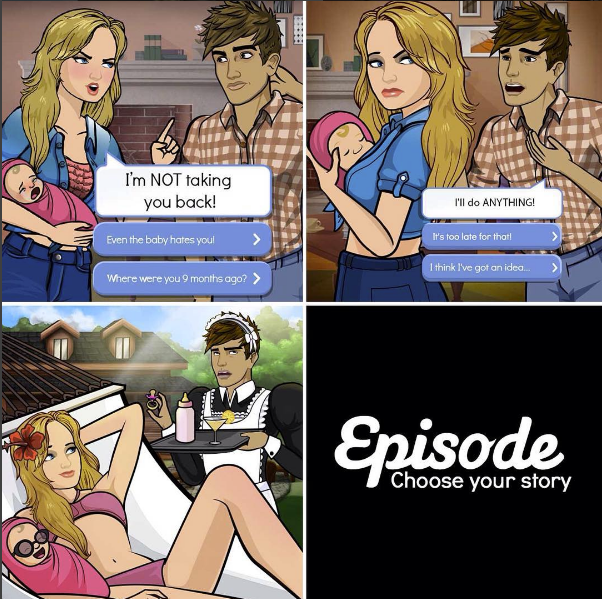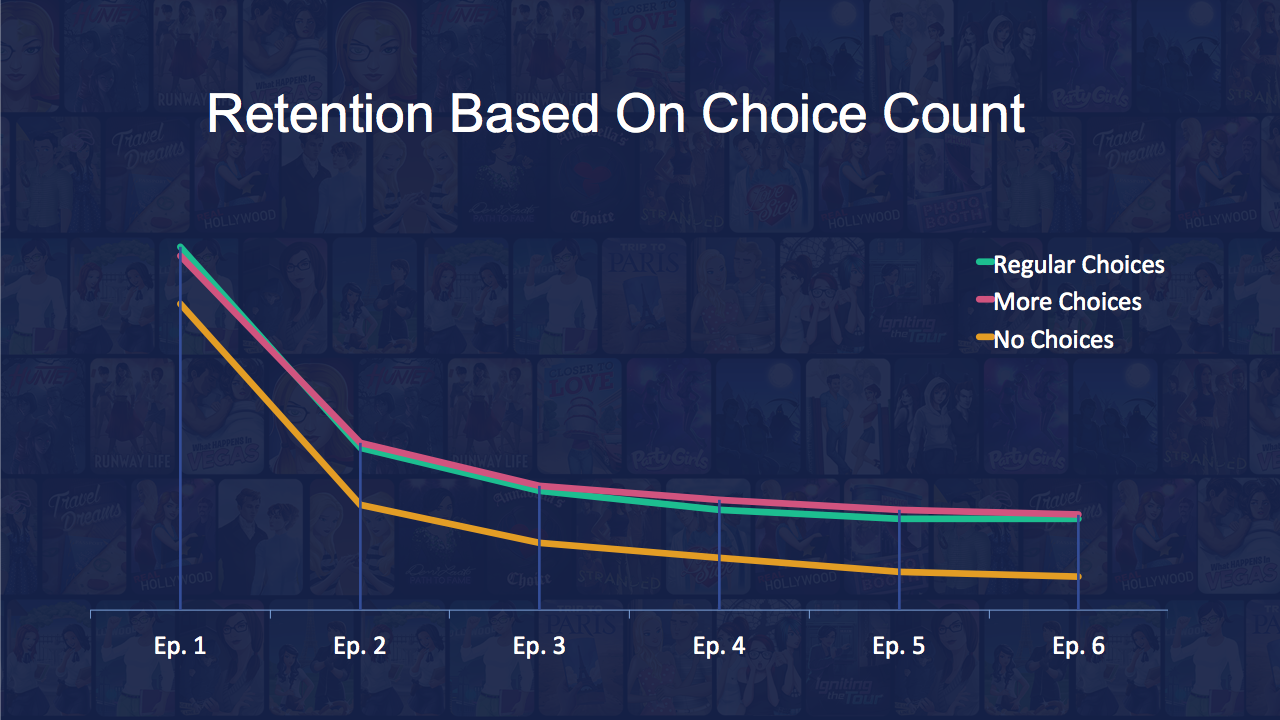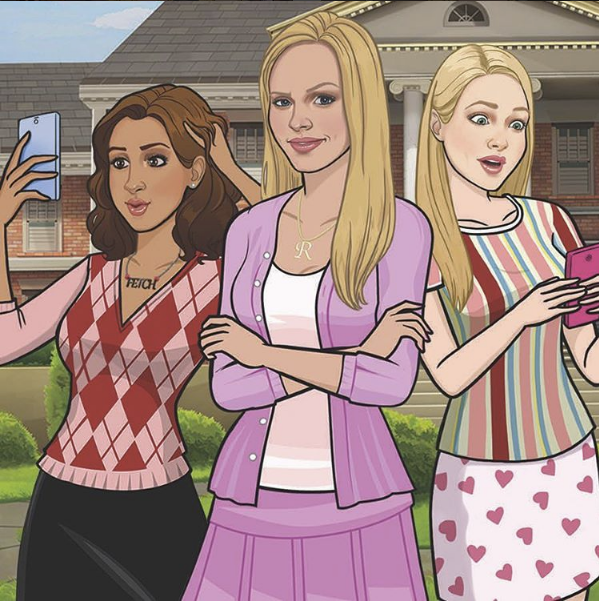Many entertainment platforms have attempted to reach Generation Z (people born in the 1990s to mid-2000s), but few have succeeded. Snapchat and YouTube are good examples of companies who are popular with Gen Z … and I’d argue that Episode, the mobile storytelling platform we’ve built, is another.
I wanted to share some ways that we have succeeded with Gen Z. For background, over two-thirds of Episode’s audience are women between the ages of 13-25. In developing Episode as an entertainment network and platform for them, we’ve seen over 2 billion total episodes viewed and 700 percent year-over-year revenue growth in 2016.
Episode’s goal is to provide a great storytelling format that’s built from the ground up for mobile. It creates a story experience that’s crafted for a mobile-native audience like Gen Z, who has grown up with smartphones and social media. Gen Z is also accustomed to being active participants in their entertainment (starring in stories on Snapchat, talking to celebrities on Twitter) so passive experiences feel designed for older generations to them. Here’s some ways we’ve found success by developing Episode with Gen Z in mind.
Active vs. passive entertainment
 The division between audience and entertainer has blurred with platforms like Snapchat, Instagram, and Musical.ly. Now, everyone can feel like a celebrity and established celebrities seem more accessible than ever. As a result, Gen Z expects to have a starring role in their entertainment. This is compounded by new platforms like VR, AR and bots — all of which were designed so the audience can shape their experiences, not just receive them in a pre-packaged way.
The division between audience and entertainer has blurred with platforms like Snapchat, Instagram, and Musical.ly. Now, everyone can feel like a celebrity and established celebrities seem more accessible than ever. As a result, Gen Z expects to have a starring role in their entertainment. This is compounded by new platforms like VR, AR and bots — all of which were designed so the audience can shape their experiences, not just receive them in a pre-packaged way.
We’ve incorporated the desire for active entertainment into Episode in a couple key ways. The first, which I’ll cover next, is how we give people agency by letting them enter their stories and shape their experiences with choices. Secondly, we opened up our creation tools to our users so anyone can make and publish a story to an audience of millions. Since doing this, we’ve grown the world’s largest community of interactive mobile storytellers with 4 million creators signed up. It’s been really exciting to watch them gain sizable audiences both inside and outside of Episode. One of our more popular user stories, The Teacher, has seen over 5 million views, gaining the creator around 30,000 followers on their Instagram.
Our next step will be to create pervasive avatars that carry across stories. This will allow Episode viewers to create any avatar they like, then see it star in endless stories. All of these things also apply to my next point, the importance of agency.
Viewer agency vs. prepackaged experiences
Agency is incredibly important for mobile-native audiences. Gen Z is used to having a say in how their entertainment progresses across all social media they interact with on mobile. With Episode, we’ve brought this viewer choice together with Hollywood-caliber storytelling.

Episode stories let you make choices that shape the outcomes. We’ve seen that having choices in stories which feel impactful matters to Episode users a lot. In testing different stories, we found that retention is lower across the board when a story has no choices. Adding extra choices doesn’t actually improve retention.
In Episode stories, the viewer also gets to design the avatar that’s the main character in the story. Viewers usually create it in in their own likenesses. This places them inside the story and gives them a greater investment in it.
Mobile-first vs. mobile-adapted
I won’t dwell on this one too long since it’s pretty obvious Gen Z is active on mobile. What I will say is that they’re more active than you probably think or design for. For example, we surveyed about 36,000 of our users between 13 and 25 in the U.S. and found that:
- 14 percent use their phones for 12-plus hours a day
- 11 percent check their phones in the shower
- Of those 13-17, 12 percent check their phone every few seconds.
We’ve designed for Gen Z by offering stories that are broken up into smaller episodes that can be enjoyed in bite-sized moments. Storytelling formats like movies and books aren’t ideal for mobile because they don’t fit typical mobile use cases. You can watch a movie or a TV show on a bus, but that’s not how those experience were designed to be consumed.
A typical Episode story may have a few seasons of around 25 episodes. Each episode can be finished in five to 10 minutes. This satisfies both the need for long-form narrative and the desire for immediate gratification associated with mobile users.
The mobile-first mindset also informs design decisions. For example, every Episode story is portrait format, not landscape, just like Snapchat, mirroring how we typically use our phones.
The power of brands
One of the hardest things for any company to do is appear cool to younger audiences. If you become too accessible, their parents might join and you’re doomed (Kidding. Kind of.) If you go too far in the other direction, you risk alienating potential users who don’t understand your product. An age-old way to circumvent this problem is by working with cool celebrities or IPs.
The two IP partnerships we’ve released on Episode so far are Mean Girls and Demi Lovato. Those two stories alone have seen nearly 600 million episodes viewed combined. We’ve seen that finding ways to insert Gen Z into these IPs works best. For example, in our Mean Girls story you design your character, then get to hang out with Cady or Regina George.
Mobile has laid the groundwork for an unprecedented new wave of interactive entertainment, which Gen Z will be a crucial component of. The companies who succeed in this space will be the ones who deliver great stories to mobile-native users. This entails putting the audience in the center of the story while giving them agency in it and adapting them to organically fit in their lives.
Michael Dawson is the head of studio at Episode, the world’s largest mobile network and platform for interactive stories with over 2 billion episodes viewed.
VentureBeat's mission is to be a digital town square for technical decision-makers to gain knowledge about transformative enterprise technology and transact. Learn More

